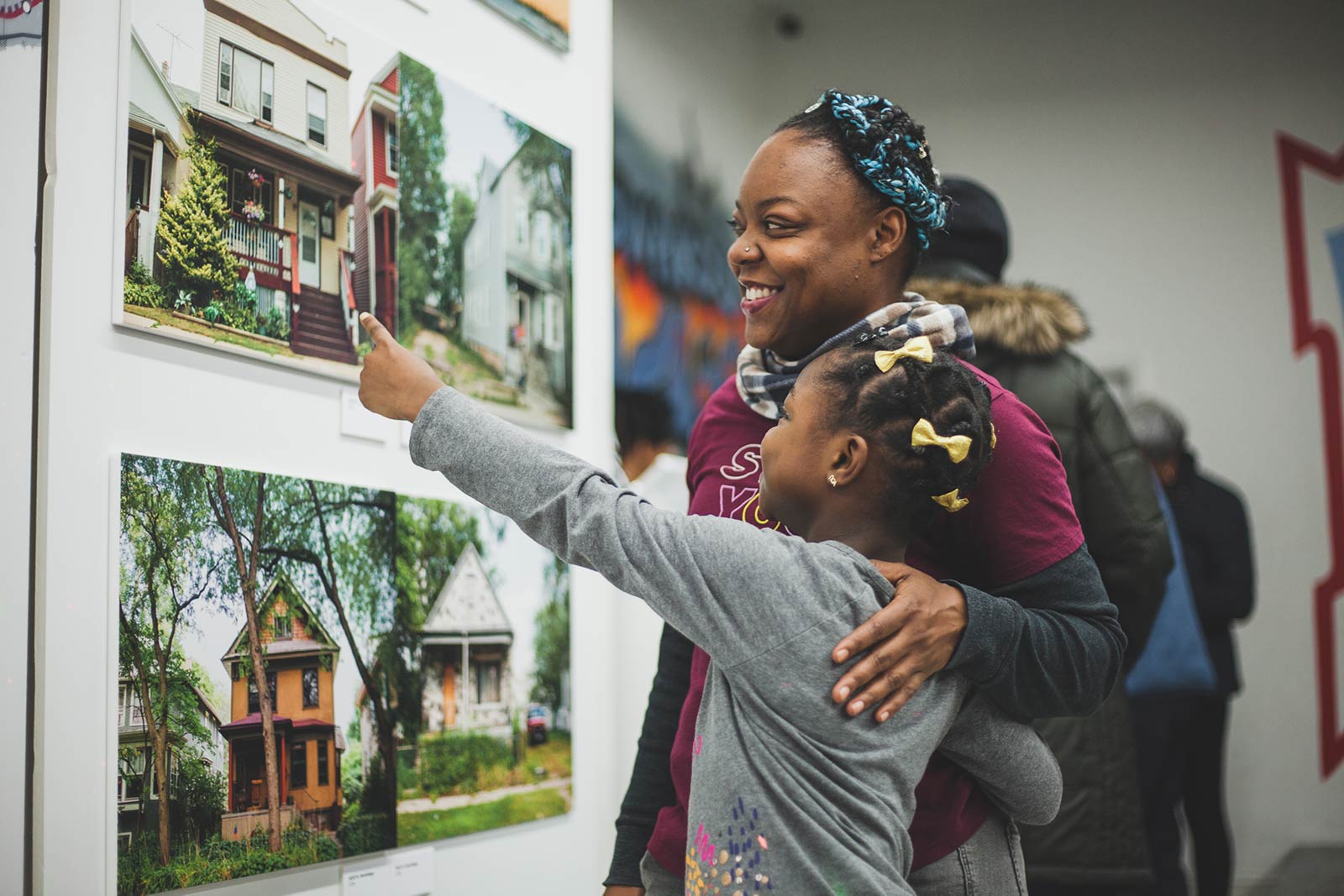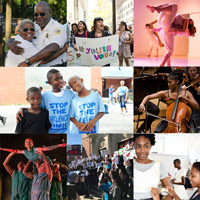Leaders for a New Chicago supports leaders who are often left out of the city’s historical power structure to ensure they influence the decisions that shape the city.
Tonika Lewis Johnson photographs homes to highlight segregation and disinvestment.
Viveka Ray-Mazumder helps immigrant and LGBTQ youth fight for social justice.
J. Gibran Villalobos works to engage creative, grassroots communities with the arts world.
The three hardly fit the conventional profile of big-city leaders. But each of them moves other people to confront societal challenges, and each knows first-hand the barriers faced by leaders from historically marginalized communities.
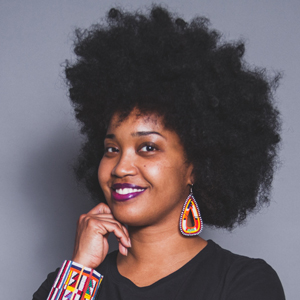
Tonika Lewis Johnson
“So many community leaders in Chicago are doing the work on the ground and are not really being elevated and amplified, so the larger Chicago community doesn’t know about it,” said Lewis Johnson, whose Folded Map Project illustrates the startling differences between locations with the same address on Chicago’s North and South Sides.
For all of those reasons, the three have something else in common: They, along with 11 others, received $25,000 awards in 2019 as part of a philanthropic collaboration to redefine and broaden who is considered a leader by recognizing individuals who better reflect Chicago’s rich diversity.
Leaders for a New Chicago, a collaborative initiative of the Field and MacArthur Foundations, highlights how leaders can and should be found in many roles outside those associated with institutional authority.
Entering its second year, the program is taking shape as the city is experiencing a profound change in leadership. Its first openly gay, African-American female mayor, Lori Lightfoot, took office in 2019, and Kim Foxx became Cook County’s first female African-American state’s attorney three years earlier.
But the Leaders initiative seeks to go further by expanding opportunities for individuals who are leaders in their communities, professional fields, or interest areas, yet are left out of Chicago’s historical power structure, to ensure they influence the decisions that shape the city.
Angelique Power, President of the Field Foundation, says philanthropy needs to better identify powerful leaders in the fields of arts, justice, media, and storytelling—and give individuals the resources they need to prosper and excel.
“People working on critical, entrenched issues might be working individuals, collectives, or in business,” Power said. “We need to get better at seeing them, identifying them, and getting capital to them.”
The $25,000 award to each individual is no-strings-attached, recognizing that some of the city’s hardest-working and brightest leaders often are overextended and underpaid. The program gives a complementary $25,000 award to the recipient’s affiliated organization for operating expenses.
The Field Foundation plans to make 10-15 awards each year, supporting 30-50 individuals and their affiliated organizations over the first three years of the program.
Lewis Johnson’s Folded Map Project is a visual arts endeavor that brings together people who reside at corresponding addresses on the North and South Sides of the city.
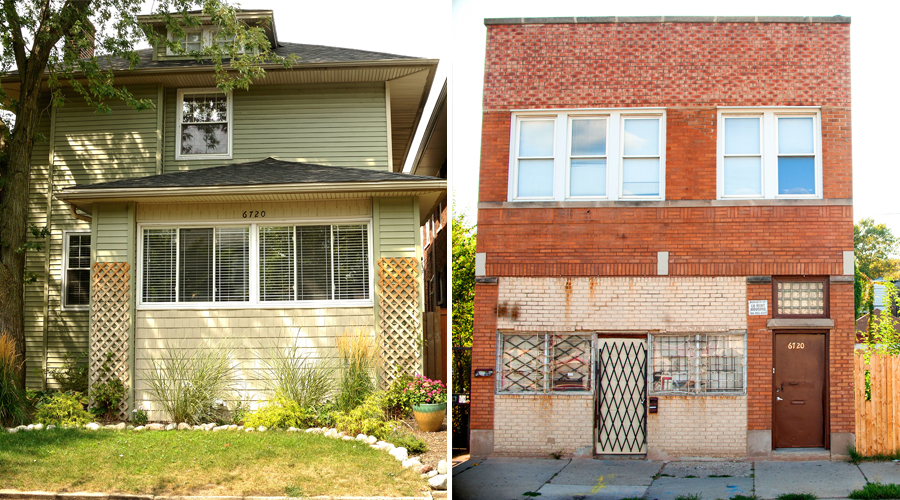
Left: 6720 N. Ashland Ave, Right: 6720 S. Ashland Ave. in Chicago
In one example, she photographed, videotaped, and interviewed residents of homes in the 6700 block of north Ashland Avenue and the 6700 block of south Ashland Avenue—locations that distinctly illustrate the gaps in investment due to the city’s infamous racial segregation. In several cases, these “map twins” began friendships.
Lewis Johnson, co-founder of the Resident Association of Greater Englewood, saw that her work with “address pairs” sparked conversations, which demonstrated how art could begin to bridge the segregation gap.

Two "map twins," one from the south side, one from the north side, involved in Tonika Lewis Johnson's Folded Map Project
Her use of visuals and ongoing work to generate positive attention for her South Side neighborhood drew the selection committee’s interest, said Hilesh Patel, the Field Foundation’s leadership investment program officer.
“Tonika is amazing,” Patel said. “You’re giving these people the opportunity to break and pivot and breathe, to find themselves, and to know, ‘It’s OK. We’ve got you,’ and that’s huge for them.”
The award allowed Lewis Johnson to expand her “map twins” project to bridge the city’s East and West Sides, and she developed an activity kit to encourage residents to explore corresponding neighborhoods. She is now collaborating with the Englewood Arts Collective and is a contributor on Chicago Public Radio station WBEZ.
“Everything I’ve done since June, I would not have been able to do if it hadn’t been for the award,” she said.
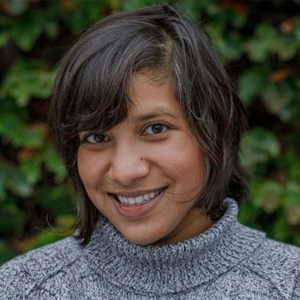
Viveka Ray-Mazumder
Asian Americans Advancing Justice (AAAJ), an organization with a Chicago office in Uptown, will receive a complementary $25,000 grant in addition to Ray-Mazumder's individual award. AAAJ will use the funds on its Language Justice campaign to expand language access in the city and state.
Ray-Mazumder started at Advancing Justice|Chicago in 2011, helping create and manage its youth advocacy and civics education program, KINETIC. They also helped establish Chicago Desi Youth Rising, which works with South Asian youth to challenge social inequities.
Ray-Mazumder is using their portion of the award “to pay off debt and make it possible to live.” They also plan to apply to law school, hoping to fulfill what they called a dire need for legal expertise in advocating for young immigrants.
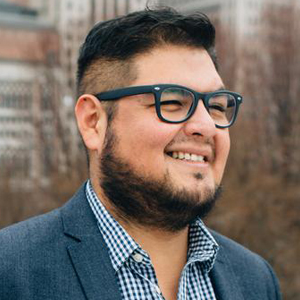
J. Gibran-Villalobos
Villalobos works at the Museum of Contemporary Art (MCA), an institution that is learning and adapting to new social justice practices. His work to encourage the museum to engage, serve, and collaborate with community organizations caught the attention of the Selection Committee.
As the MCA’s assistant curator of performance and public practice and a lecturer at the School of the Art Institute of Chicago, Villalobos said communities of color often view art museums and other cultural centers as elitist. This, he says, “is an opportune moment for institutions to revitalize connections to community organizations, aiming to bring the MCA closer to the work done by civic and artistic communities.”
The leadership award gives Villalobos “time and leeway” to design a thoughtful approach to engage grassroot communities and to explore new territories, he said. “We’ll really be able to grow new roots inside the institution.”
Among emerging leaders’ most pressing needs, according to the three award recipients: More leadership development. More access to social networks. More collaboration, including with better established organizations. And more freedom in how they can use the resources they bring in.
Power says the Leaders program also is an effort to help philanthropy “get smarter” about how to help leaders, by leaving decisions about how to use the funds in their hands.
“We have to give them the freedom to discover what they need to do with the money,” she said, “and if we’ve earned their trust, then we can learn and tell the world what Chicago leaders really need.”
____________
MacArthur has provided $2.1 million in support to the Field Foundation for Leaders for a New Chicago.
Nominations for 2020 Leaders for a New Chicago are open from February 4 through March 2.



